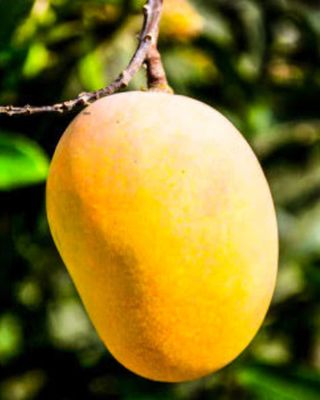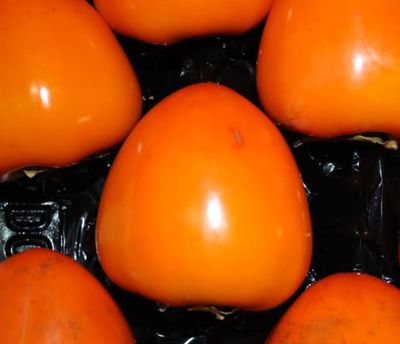🌿 Free Shipping On Orders Over $170! New Customers Use Code:WILDGARDEN For %10 Off 🌿 Afterpay Is Available.
Cinnamon Tree - 60-80cm
In stock: 4 available
1
AU$59.99
4 payments of AU$15.00 with
Product Details
Botanical identity & origin
The tree is small to medium sized, evergreen, belonging to the laurel family Lauraceae.
Native to Sri Lanka (formerly “Ceylon”) and parts of southern India.
Scientific name: Cinnamomum verum (synonym C. zeylanicum) – often called “true cinnamon”.
Physical appearance
It typically grows to about 9-15 m (30-50 ft) in height under ideal conditions.
Leaves: oval/oblong, glossy green when mature; young leaves often reddish-bronze before turning green.
Bark: The outer bark is smooth/pale and under it is the aromatic inner bark (which is the spice) that when processed curls into “quills”.
Flowers: small, greenish-yellow, borne in clusters (panicles). Fruits: small drupes (berries) that turn dark purple/black.
Growth & cultivation notes
Prefers warm, humid, tropical/sub-tropical climates with well-drained soils.
Young trees may require partial shade; as they mature they tolerate more sun.
Slow to moderate growth; peak bark production is often after a few years.
Harvesting Process — How to Collect Cinnamon Bark Here’s a step-by-step description of how the bark/spice is harvested from the tree,
1. Timing & tree readiness
The tree is typically ready when it has matured such that the bark is thick and aromatic; some sources say harvesting can begin around 3 years, and peak production occurs between 7-25 years.
Branches or stems of suitable diameter are selected — often young shoots or stems rather than the main trunk.
Harvest is often done in the drier season when bark will peel more cleanly and drying is easier. (Many commercial growers schedule seasonally.)
2. Cutting the branches / stems
The selected stems are cut close to the base or at ground level in managed production.
Immediately after cutting, work begins while the bark is still moist (important to get long clean strips).
3. Peeling & removing bark
The outer woody bark layer is scraped off or peeled to expose the inner aromatic bark.
The inner bark is then loosened — often by rubbing/hammering the exterior of the branch to separate layers.
Then the inner bark is peeled off in long strips (quills), maintained intact for higher quality.
4. Drying and curing
The peeled strips are dried in shade and/or low heat until fully dry and able to curl into quills (for true cinnamon).
Proper drying is crucial to preserve aroma, reduce moisture and inhibit spoilage.
5. Final processing
Once dry, the bark is cut or graded into sticks/quills or ground into powder depending on market.
The leaves, small twigs and berries may also be used for essential oil extraction or other value-added uses.
Save this product for later
Cinnamon Tree - 60-80cm
You May Also Like
Display prices in:AUD






